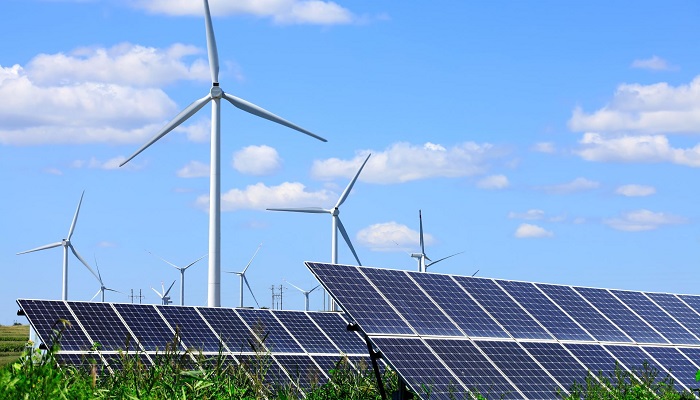As per a new report, China is all set to strengthen its position when it comes to renewable energy markets as far as developing Asian countries are concerned. This comes as coal-fired power projects happen to be put on hold and as Beijing shifts its focus away from going ahead with investments that are likely to contribute to high emissions.
The study, which went on to be conducted by energy consultancy Wood Mackenzie, stated that Chinese companies have gone on to make remarkable progress when it comes to the energy sector in the last ten years. They have successfully installed 128 gigawatts of power outside China, which, as a matter of fact, is more than the present energy capacity of Australia. This achievement has gone on to have a total investment value amounting to $200 billion.
Apparently, Asia accounted for three-quarters when it came to new power supply. The report that was published recently stated that Pakistan, Vietnam, along with Indonesia were the top three markets that had more than a third of the total.
Almost 57% of the total capacity went on to be generated by coal as well as gas projects.
Head of Asia-Pacific power and renewables research at Wood Mackenzie, Alex Whitworth, who is based in Shanghai, stated that they have gone on to observe a significant trend in the last three years, where many coal projects across Southeast Asia, which were initially intended to be constructed by Chinese companies, have now been put on hold or even for that matter, have been abandoned.
Out of the 481 energy projects that were tracked by the consultancy that happened to be linked to China, 72 of them, comprised of 15%, haven’t been completed as yet. According to the report, there happen to be 33 coal projects in total, which make up 61% of the planned 54 GW capacity. The report also goes on to mention that there are six unfinished projects across Vietnam as well as five Indonesian investments that are no longer being looked into or even considered.
In 2021, China went on to make an announcement stating its intent to cease funding new coal projects abroad. This decision, apparently was influenced by political and, of course, financing challenges as the perception of coal as an environmental as well as public health risk grew. Whitworth says that China is also shifting its focus away from exporting coal technology.
It is well to be noted that nearly half of the 21 coal-fired power projects, which were planned and developed prior to the execution of Beijing’s policy, will remain incomplete, majorly due to the hesitance of Chinese companies and of course local governments to go ahead with them. The majority of the projects happen to be located in Asia and Africa. Whitworth said that it is at present very challenging to pursue coal projects outside of China and India.
Whitworth says that China is all set to gain more influence when it comes to renewable power markets abroad. The exports in terms of green-power technology as well as equipment from China happen to be experiencing significant growth. These exports are often teamed up with construction and financing assistance.
According to Whitworth, Chinese companies are enhancing their foreign investment strategies as they happen to gain valuable insights from the Belt and Road Initiative infrastructure project, which was launched almost 10 years back.
He added that a growing number of companies are actively looking for local partners so as to assist them in navigating negotiations along with local governments and also communities. This is an issue that they do not encounter as far as the domestic market is concerned.
As per Whitworth, a major number of developing countries throughout the Belt and Road region can only afford renewable energy sources because of the affordable equipment and technology provided by China. It is worth noting that these resources are not accessible from any other country.
Whitworth says that as the US as well as other Western countries shift away from dependence on Chinese products and also their technology, there is a stronger partnership emerging between developing markets and Chinese technology providers. No wonder these markets are willing to adopt the technology.




































